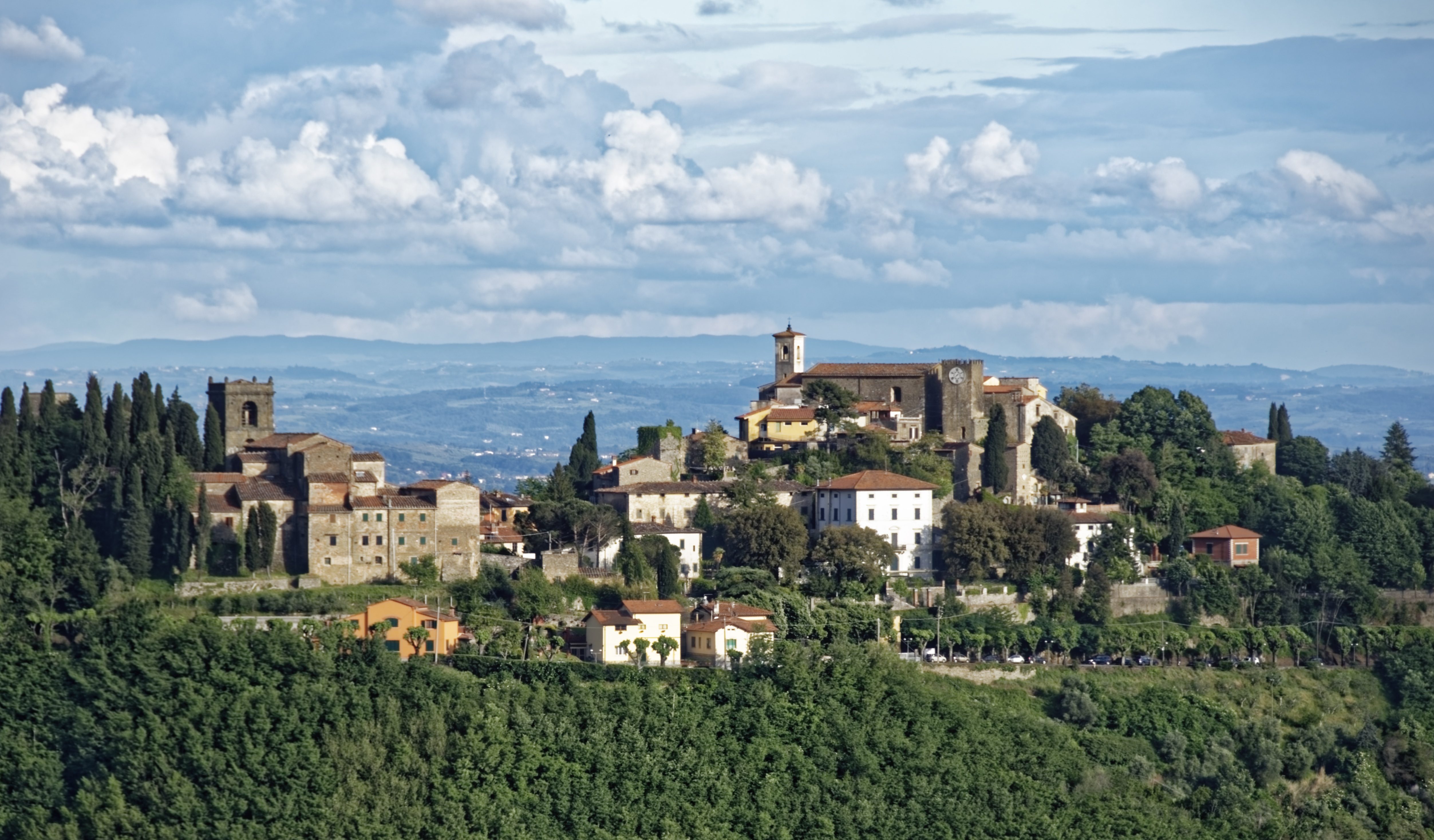Parts of Italy differ in many ways and are divided into regions

Italy is divided into 20 administrative regions, which correspond generally with historical traditional regions, though not always with exactly the same boundaries. A better-known and more general way of dividing Italy is into four parts: the north, the centre, the south, and the islands. The north includes such traditional regions as Piedmont, which is characterized by some French influence and was the seat of united Italy’s former royal dynasty; Liguria, extending southward around the Gulf of Genoa; Lombardy, which has long been noted for its productive agriculture and vigorously independent city communes and now for its industrial output; and Veneto, once the territory of the far-flung Venetian empire, reaching from Brescia to Trieste at its greatest extent. The centre includes Emilia-Romagna, with its prosperous farms; the Marche, on the Adriatic side; Tuscany and Umbria, celebrated for their vestiges of Etruscan civilization and Renaissance traditions of art and culture; Latium (Lazio), which contains the Campagna, whose beautiful hills encircle the “Eternal City” of Rome; and the Abruzzo and Molise, regions of the highest central Apennines, which used to support a wild and remote people. The south, or Mezzogiorno, includes Naples and its surrounding fertile Campania; the region of Puglia, with its great plain crossed by oleander-bordered roads leading to the low Murge Salentine hills and the heel of Italy; and the poorer regions of Basilicata and Calabria. On the islands of Sicily and Sardinia are people who take pride in holding themselves apart from the inhabitants of mainland Italy. However, the south and the islands have changed a great deal since about 1960 and have become more modernized. Within these four main divisions, the variety of the much smaller traditional districts is very great and depends on history as well as on topography and economic conditions.
“Italy is divided into 20 administrative regions, which correspond generally with historical traditional regions, though not always with exactly the same boundaries”
Rural
In general, rural life is in decline. The majority of the population of Italy live in cities and villages; only a fraction live in hamlets or in isolated houses. In the long Alpine valleys, the economy was always both agricultural and commercial, with towns such as Aosta and Bolzano at the outlets of the lateral valleys and agricultural settlements higher up or on the slopes of hills. The perpetual subdivision of landholdings makes a purely agricultural economy precarious in this region except in the upper Adige, where the Germanic system of primogeniture survived, producing the masi, family holdings that are passed on to the eldest son intact. These rural areas now also include an increasing number of skiing and tourist centres, such as Courmayeur and Cortina d’Ampezzo. In the band of Alpine and Apennine foothills, the villages, often situated on the knolls and flanks of the hills, are linked by roads that hold to the heights, away from the humid valley floors. Each village is usually grouped around a church, a castle, or a nobleman’s palace, with its fields on the slopes around it and woodlands lower down. There are innumerable plum and cherry orchards and, above all, vineyards; their wines (Conegliano and Monferrato) are famous. Lombardy is the only area in which the ancient rural way of life has been comprehensively displaced by the development of heavy industry. The Padano-Venetian-Emilian plain is the most important agricultural and stockbreeding region of Italy. The upland plain hosts the great industrial centres such as Turin, Milan, and Busto Arsizio, while the lowland plain remains socially as well as economically rural. Villages high in the Apennines are less prosperous than those of similar elevation in the Alps. They are still isolated, the ground is infertile, and land is rarely owned by those who work it. Tourism and the expansion of cottage craft industries, such as the porcelain making at Gubbio, near Perugia, have helped these towns survive. The lower hills and plains of Italy are covered with agricultural villages in which a wide variety of crops and vegetables are grown, though often in low yield. In Puglia and Basilicata large farms are staffed by labourers who live in urban centres, such as Cerignola and Altamura, and travel to work in the countryside. Some fertile and well-watered plains, such as the Neapolitan countryside, have a high level of productivity, especially of market vegetables. Here there is direct ownership of land and fairly dense settlement. In Sicily, settlement is clustered in widely spaced, nucleated towns, with extensive pastureland and farming. In Sardinia the settlement is sparse and mainly inland, and most of the local fishing industry is carried on by men from the mainland.
Urban
Italian cities vary greatly in terms of population, economic activities, and cultural traditions. Many of them have developed close economic links with surrounding communities, forming major metropolitan areas, such as Rome, Milan, Naples, and Palermo. Slightly less populous are the urban centres of Genoa-Savona, Bologna, Catania, Messina–Reggio di Calabria, Cagliari, and Trieste-Monfalcone. The geographic pattern shows an even distribution of large metropolitan areas across the whole country, while medium-sized cities are more numerous in the north than in the south, where there is a concentration of small towns.
“Historically, the location of Italian urban centres played a central role in their economic development”
Historically, the location of Italian urban centres played a central role in their economic development. In the Po valley, cities such as Milan, Pavia, and Cremona were well placed for commerce, being situated at the confluence of roads or rivers. Another group of cities were those on the coast, at the mouths of rivers, or on lagoons protected by sandbars; these included Savona, Genoa, Naples, Messina, Palermo, Ancona, and Venice. At present, the most economically viable urban centres are those able to engage in global trade, such as Milan, and medium-sized centres such as those in northern Tuscany that engage in light manufacturing.